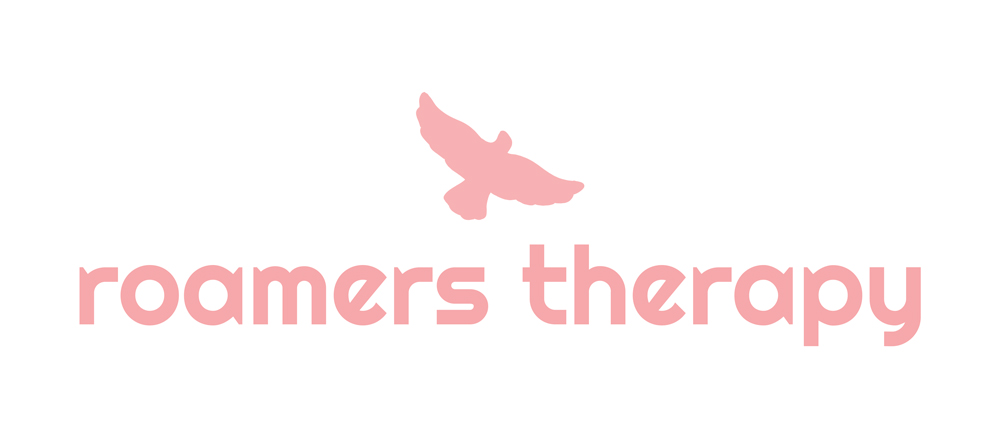How to apologize when we hurt someone
An apology is a five-tiered process of acknowledging that we hurt another person and a commitment to corrective action.
- Acknowledgment
- Validation
- Atonement
- Remorse
- Rectification and commitment
Apologies are necessary for repairing these ruptures and rebuilding trust!
Step 1: Acknowledgement
The first step is to acknowledge that we have caused harm to someone. Whether or not we are aware that we have hurt someone, it is important to reflect on how our specific actions hurt them.
If someone tells us that they were hurt by our actions, take a moment and try the following: accept the feedback as vulnerability, and make an explicit statement of acknowledgment.
DO: “Thanks for sharing that with me. I know I lost my temper earlier and yelled.”
DON’T: “I didn’t get that loud.”
Step 2: Validation
The second step in an apology is validation (this does not mean agreeing!). Validating someone’s feelings during an apology can be really important in rebuilding trust. It tells them their feelings are important, and it shows them that we understand their emotions and care.
DO: “I can see how my yelling scared you.”
DON’T: “I think you are being sensitive.”
Step 3: Apologizing in atonement
The third step in apologizing is atonement. This is when we verbally and explicitly apologize for our actions. During this step, it is important that we make an apology for our actions and not the person’s feelings or reactions.
DO: “I am sorry that I got frustrated and yelled at you.”
DON’T: “I am sorry you felt scared when I yelled.”
Other ways to say it:
- I apologize for…
- Pardon my…
- I am sorry for…
Step 4: Remorse
The fourth step of an apology is sharing remorse. Like atonement, it is important to focus remorse/regret on our specific actions and not the implications of our actions.
For instance, it is not enough to regret hurting the other person, we have to share regret for the actions. Why? Because when we regret our actions, there is a level of accountability that comes with it, which helps rebuild trust Also, we cannot control someone else’s emotions, so regretting that can feel invalidating.
DO: “I regret losing my patience and yelling at you.”
DON’T: “I regret that you got hurt by yelling.”
Step 5: Rectification.
The final step of an apology is actually two steps: rectification and commitment. Rectifying is when we amend our actions (stop or start doing something). Commitment is when we try to continuously maintain the behavior change (i.e., keep our promise!).
DO: “I will do better not to yell, or ask for space if I am feeling overwhelmed.”
DON’T: “That’s just how I am.”
Find the Best Therapist in Chicago for Learning to Apologize
When we hurt someone, we may desperately want to secure the person’s forgiveness. While this may be difficult, we have to accept that we might not get the person’s forgiveness (or be made aware of their forgiveness).
Forgiveness is a personal decision someone makes to let go of hurt feelings. If we only apologize to receive forgiveness, then our apology is not genuine as we are making the apology about our needs instead of the other person.
NOTE: Someone accepting our apology is not forgiveness, nor is it excusing our behaviors.
Hurting people is inevitable, but when we do, it’s important that we go through the steps to apologize:
- Acknowledge our behaviors
- Validate their feelings
- Explicitly state apology
- Show remorse for our behaviors
- Rectify our behaviors and commit to maintaining behavior change.
Put it all together: “Thanks for sharing that with me. I lost my temper earlier and yelled. I am sorry that I lost my temper and regret doing so. I will do better not to yell or ask for space if I am feeling overwhelmed.”
At Roamers Therapy, our psychotherapists are here to support you through anxiety, depression, trauma and relationship issues, race-ethnicity issues, LGBTQIA+ issues, ADHD, Autism, or any challenges you encounter. Our psychotherapists are trained in Cognitive Behavioral Therapy, Dialectical Behavioral Therapy, Psychodynamic Therapy, Acceptance, and Commitment Therapy, Person-Centered Therapy, and Gottman Therapy.
Whether you’re seeking guidance on a specific issue or need help navigating difficult emotions, we’re ready to assist you every step of the way.
Contact us today to learn more about our services and schedule a session with our mental health professionals to begin your healing journey. To get started with therapy, visit our booking page.
First, decide if you’ll be paying out-of-pocket or using insurance. If you’re a self-pay client, you can book directly through the “Book Now” page or fill out the “Self-Pay/Out-of-network Inquiry Form.” If you’re using insurance, fill out the “Insurance Verification Form” to receive details about your costs and availability. Please let us know your preferred therapist. If your preferred therapist isn’t available, you can join the waitlist by emailing us. Once your appointment is confirmed, you’ll receive intake documents to complete before your first session.
This page is also part of the Roamers Therapy Glossary; a collection of mental-health related definitions that are written by our therapists.
While our offices are currently located at the South Loop neighborhood of Downtown Chicago, Illinois, we also welcome and serve clients for online therapy from anywhere in Illinois and Washington, D.C. Clients from the Chicagoland area may choose in-office or online therapy and usually commute from surrounding areas such as River North, West Loop, Gold Coast, Old Town, Lincoln Park, Lake View, Rogers Park, Logan Square, Pilsen, Bridgeport, Little Village, Bronzeville, South Shore, Hyde Park, Back of the Yards, Wicker Park, Bucktown and many more. You can visit our contact page to access detailed information on our office location.
